Joint Fusion
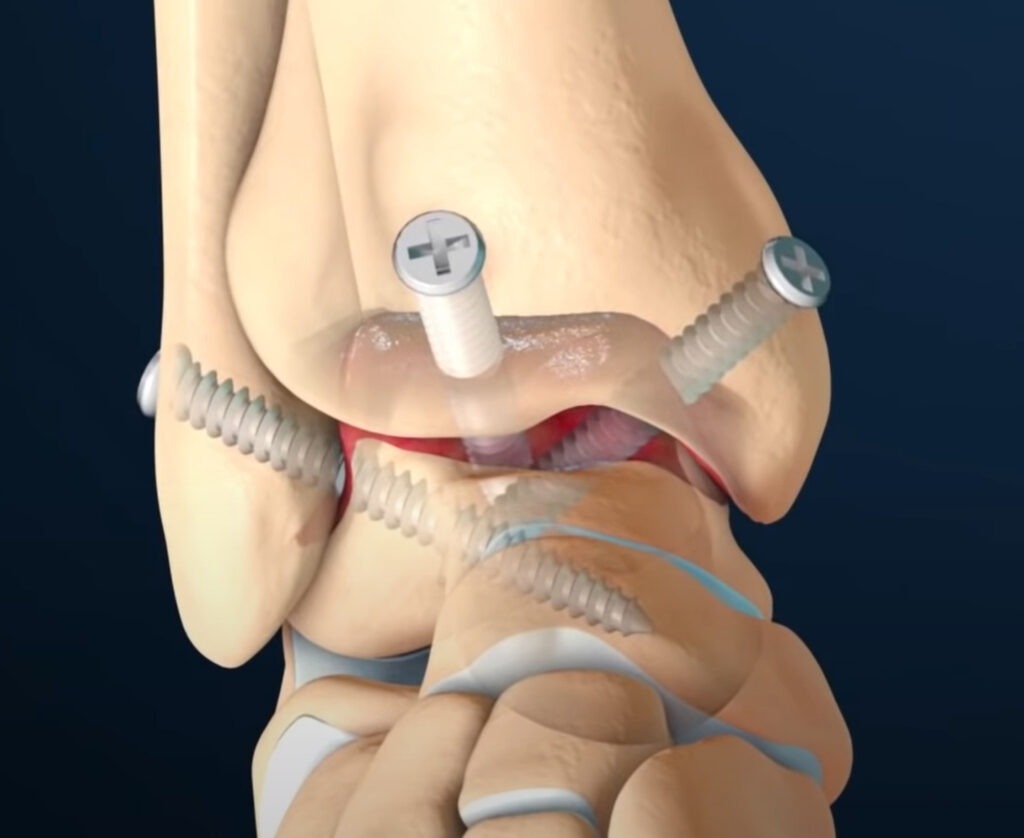 You may need joint fusion surgery (arthrodesis) if you have severe arthritis pain. The procedure welds or fuses the two bones together that form part of the aching joint. This will result in the bone getting fused together to become a single solid bone. This can help lessen the pain. This can stabilize the joint and help you place more weight on it.
You may need joint fusion surgery (arthrodesis) if you have severe arthritis pain. The procedure welds or fuses the two bones together that form part of the aching joint. This will result in the bone getting fused together to become a single solid bone. This can help lessen the pain. This can stabilize the joint and help you place more weight on it.
Thomas & Bigler Knee & Shoulder Institute, led by board certified orthopedic surgeons Dr. Steven C. Thomas and Dr. Gregory T. Bigler, provides orthopedic surgery to patients in Las Vegas, Nevada and also serving greater Pahrump, Bullhead City, Lake Havasu, Mesquite, NV, and surrounding locations.
Good Candidates for Joint Fusion Surgery
Arthritis is capable of causing severe damage to the joints. Joint fusion surgery can be considered if other treatments have not helped. The surgery can help relieve symptoms of scoliosis, degenerative disk disease and other back problems. Joint fusion surgery can be performed on the:
- Spine
- Ankles
- Fingers
- Wrists
- Feet
- Thumbs
It may take a long time to heal from joint fusion surgery. This is why your doctor would ask you whether you can cope with a long recovery or not. You may not be a suitable candidate if you have other health issues, such as:
- Infection
- Poor bone quality
- Narrowed arteries
- Neurological problem that keeps your body from healing
Joint Fusion Surgery Process
Depending on the type of joint fusion surgery performed, you can either have it as an outpatient surgery or in the hospital. Your doctor may choose to provide you with general anesthesia. If you want, the surgery can be performed with local anesthesia as well.
An incision will be made by the surgeon at the surgery site once you are under the effect of anesthesia. They will scrape away damaged tissue or cartilage from the joint. This will allow the bones to fuse together. In some cases, the surgeon may place a small fragment of bone between the ends of the joint.
This bone piece may be taken from the pelvic bone, below the knee, or the heel. The bone may also come from a bone bank that stores donated bones. Your doctor may choose to make use of a manmade substance instead of an actual bone. Space within the joint may be closed using screws, metal plates, or wires.
The hardware used is usually permanent and will stay even when the joint heals completely. The surgeon will close the incisions using staples or sutures once they are finished.
Results and Recovery
You would need to wear a brace or cast for a few days after the joint fusion surgery. You may need to use a wheelchair, walker, or crutches as well. Healing can take anywhere from 12 – 14 weeks. You would need help to get through your daily chores and household tasks. You should expect to lose some range of motion.
You may feel stiffness in the joint as well. Physical therapy may allow you to keep all other joints in working shape. Board certified orthopedic surgeons Dr. Thomas and Dr. Bigler receive patients from Las Vegas, Nevada and also serving greater Pahrump, Bullhead City, Lake Havasu, Mesquite, NV, and nearby areas for orthopedic surgery.
Contact Board Certified Surgeons Dr. Bigler or Dr. Thomas at the Knee and Shoulder Institute in Las Vegas, NV to Schedule an Appointment:
If you would like to schedule an appointment or learn more about the Knee and Shoulder Institute procedures & treatments performed by Las Vegas, Nevada board-certified surgeons Steven C. Thomas, MD and Gregory T. Bigler, MD. Contact the office today click here.
Serving patients from and around greater Las Vegas, Lake Havasu, Bullhead City, Mesquite, Pahrump, Nevada

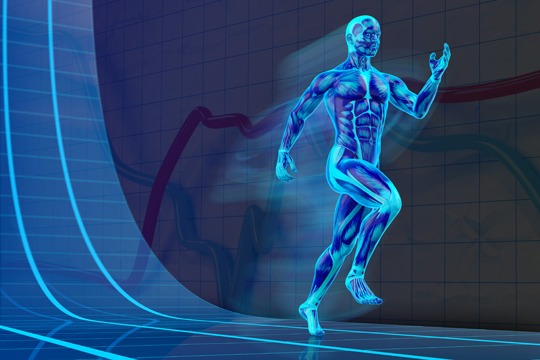 Orthopedic surgeons perform a wide array of orthopedic surgeries for addressing various different parts of the body. These procedures are invasive in nature, but are basic and routine.
Orthopedic surgeons perform a wide array of orthopedic surgeries for addressing various different parts of the body. These procedures are invasive in nature, but are basic and routine. Arthritis and osteoarthritis are frequently confused together. This is because they both belong to the same family of pathology – rheumatism. However, the two are very different with several distinct symptoms.
Arthritis and osteoarthritis are frequently confused together. This is because they both belong to the same family of pathology – rheumatism. However, the two are very different with several distinct symptoms.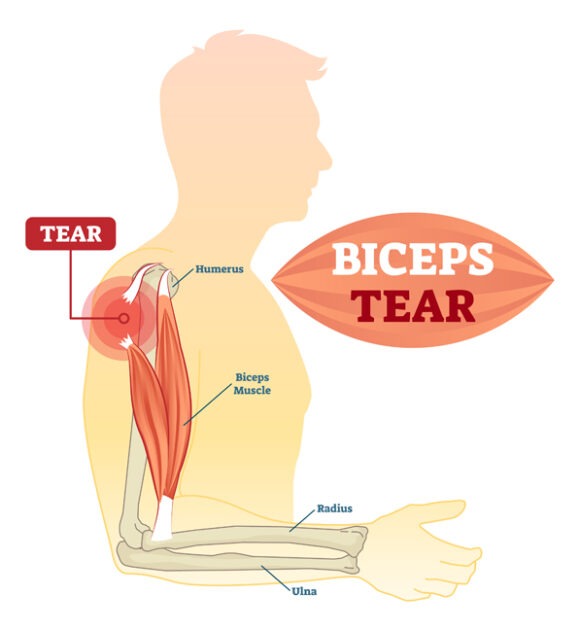
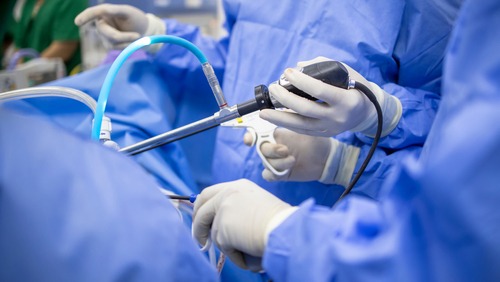 Shoulder blade fractures are relatively uncommon injuries resulting in swelling and pain in the shoulder area. These fractures are usually caused by blunt trauma or high energy injuries, such as car accidents and hard falls. The injury is usually treated in a nonsurgical way. However, depending on the severity, your physician may recommend surgical intervention.
Shoulder blade fractures are relatively uncommon injuries resulting in swelling and pain in the shoulder area. These fractures are usually caused by blunt trauma or high energy injuries, such as car accidents and hard falls. The injury is usually treated in a nonsurgical way. However, depending on the severity, your physician may recommend surgical intervention.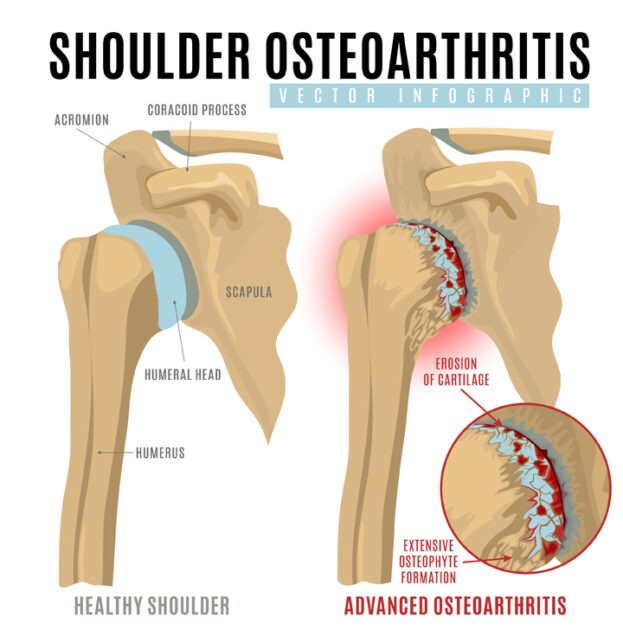 More than 50 million people in the country are affected by arthritis. The shoulder in the human body is one of the most sensitive areas. Pain and inflammation are major symptoms of arthritis in the area. There are several treatment options available even though there is no definite cure for arthritis for reducing pain and stiffness.
More than 50 million people in the country are affected by arthritis. The shoulder in the human body is one of the most sensitive areas. Pain and inflammation are major symptoms of arthritis in the area. There are several treatment options available even though there is no definite cure for arthritis for reducing pain and stiffness.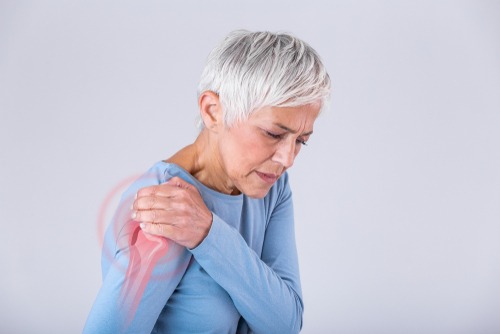 Rheumatoid Arthritis (RA) of the shoulder is a type of autoimmune disease which causes your body to start attacking healthy cells. This type of arthritis focuses specifically on cells in the joints as if they were an intruder or disease. This causes the cartilage or tissues in the shoulder to get destroyed, which results in rubbing bones.
Rheumatoid Arthritis (RA) of the shoulder is a type of autoimmune disease which causes your body to start attacking healthy cells. This type of arthritis focuses specifically on cells in the joints as if they were an intruder or disease. This causes the cartilage or tissues in the shoulder to get destroyed, which results in rubbing bones.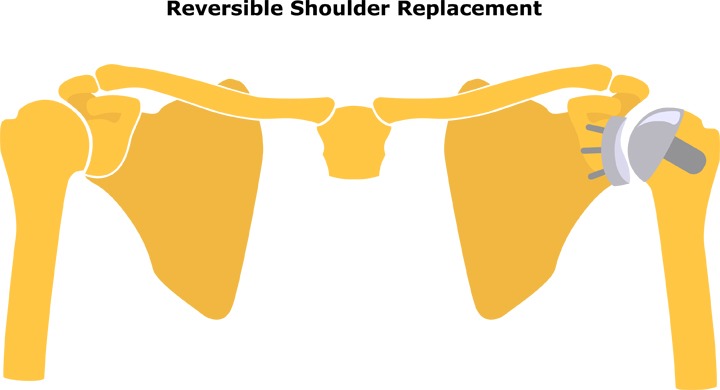 Reverse total shoulder replacement is an alternative treatment to usual shoulder replacement. The procedure was designed for people with large tears in their rotator cuff. Reverse total shoulder replacement works the same way as regular procedures. However, the joint in this is placed upside down. When the joint is attached in reverse, the arm is moved by different muscles. This is the primary reason for the alignment to work in a better way.
Reverse total shoulder replacement is an alternative treatment to usual shoulder replacement. The procedure was designed for people with large tears in their rotator cuff. Reverse total shoulder replacement works the same way as regular procedures. However, the joint in this is placed upside down. When the joint is attached in reverse, the arm is moved by different muscles. This is the primary reason for the alignment to work in a better way.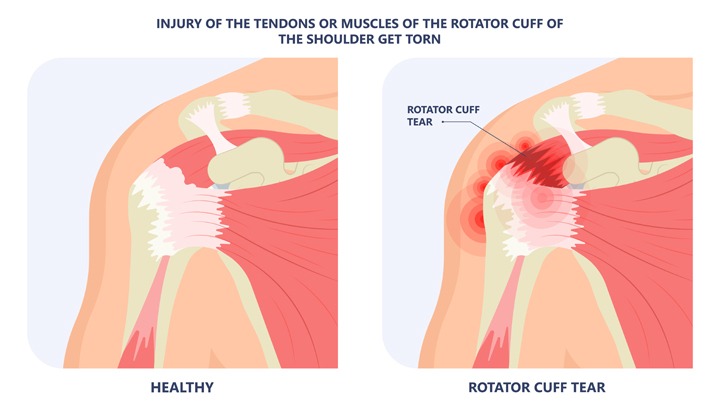 Fortunately, glenoid labrum tear can be treated in both surgical and nonsurgical way. Often times, surgical procedures are recommended if the symptoms fail to go away or if the tear is severe.
Fortunately, glenoid labrum tear can be treated in both surgical and nonsurgical way. Often times, surgical procedures are recommended if the symptoms fail to go away or if the tear is severe.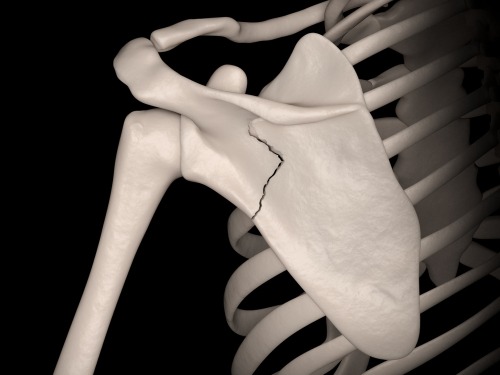 Shoulder blade fractures are not very common injuries. They can result in inflammation and pain in the shoulder arc. Shoulder blade fractures can be caused by blunt and high energy trauma incidents. This can be in the form of car accidents or falls. This fracture type is generally treated in non-surgical ways. However, they may require surgery in some instances depending on its severity.
Shoulder blade fractures are not very common injuries. They can result in inflammation and pain in the shoulder arc. Shoulder blade fractures can be caused by blunt and high energy trauma incidents. This can be in the form of car accidents or falls. This fracture type is generally treated in non-surgical ways. However, they may require surgery in some instances depending on its severity.